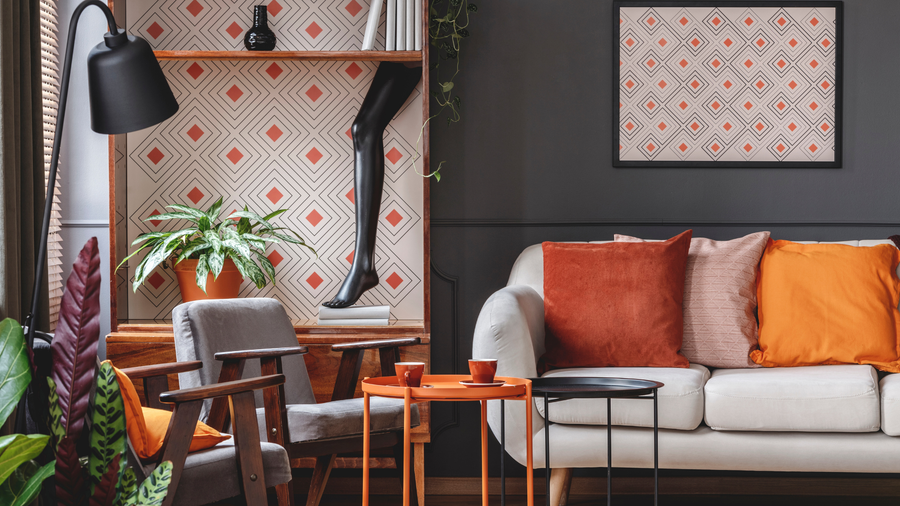Discover how the design of your physical spaces influences your mood and overall well-being. From color choices to furniture arrangement, we’ll explore the transformative potential of design in shaping a happier and more fulfilling life. Join us as we unlock the secrets of designing for happiness.
1. The Power of Color Psychology
Color has a profound impact on our emotions and can significantly influence our mood. Warm colors like yellow, orange, and red can evoke feelings of energy and happiness, while cool colors like blue and green promote calmness and relaxation. Introduce pops of vibrant colors in your home decor or incorporate soothing hues in your bedroom to create a positive and serene atmosphere that aligns with your desired mood.
2. Natural Light and its Effects
Natural light plays a vital role in our well-being and can have a direct impact on our mood. Exposure to sunlight stimulates the production of serotonin, a neurotransmitter associated with happiness. Maximize natural light in your home by keeping windows unobstructed, using sheer curtains, and strategically placing mirrors to reflect light. Embracing natural light not only enhances the aesthetics of your space but also promotes a cheerful and uplifting environment.
3. Creating Functional and Organized Spaces
Clutter and disorganization can contribute to feelings of stress and anxiety. Designing functional and organized spaces can have a positive effect on your mood and productivity. Invest in smart storage solutions that help you keep your belongings organized and out of sight. By decluttering and creating designated spaces for different activities, you can foster a sense of calm and promote a more relaxed and harmonious living environment.
4. Biophilic Design and Nature’s Influence
Incorporating elements of nature into your environment through biophilic design has been shown to improve mood and well-being. Introduce indoor plants to purify the air and create a connection with the natural world. Incorporate natural textures, such as wood and stone, to bring a sense of grounding and tranquility to your space. Nature-inspired artwork or views of greenery from your windows can also have a positive impact on your mood, invoking feelings of serenity and rejuvenation.
5. Personalizing Your Space
Personalizing your space is essential for creating a sense of happiness and belonging. Surround yourself with items that hold sentimental value or reflect your interests and hobbies. Display photographs of loved ones, showcase artwork that speaks to your soul, or incorporate cherished mementos. By infusing your space with elements that resonate with your personal identity, you create a nurturing and inspiring environment that promotes positive emotions and a sense of fulfillment.
6. Creating Cozy and Comfortable Retreats
Designing cozy and comfortable spaces within your home can contribute to feelings of happiness and relaxation. Layer soft and plush textures, such as throw pillows, blankets, and rugs, to create inviting and comforting nooks. Consider the layout of furniture to encourage conversation and intimacy. By designing areas that invite relaxation and quality time with loved ones, you can cultivate a warm and joyful atmosphere.
The design of your environment has a profound impact on your mood, well-being, and overall happiness. By incorporating the principles of color psychology, embracing natural light, creating organized spaces, incorporating elements of nature, personalizing your surroundings, and designing cozy retreats, you can create an environment that uplifts your spirits and enhances your daily life. Embrace the transformative potential of design and unlock the path to a happier and more fulfilling existence





